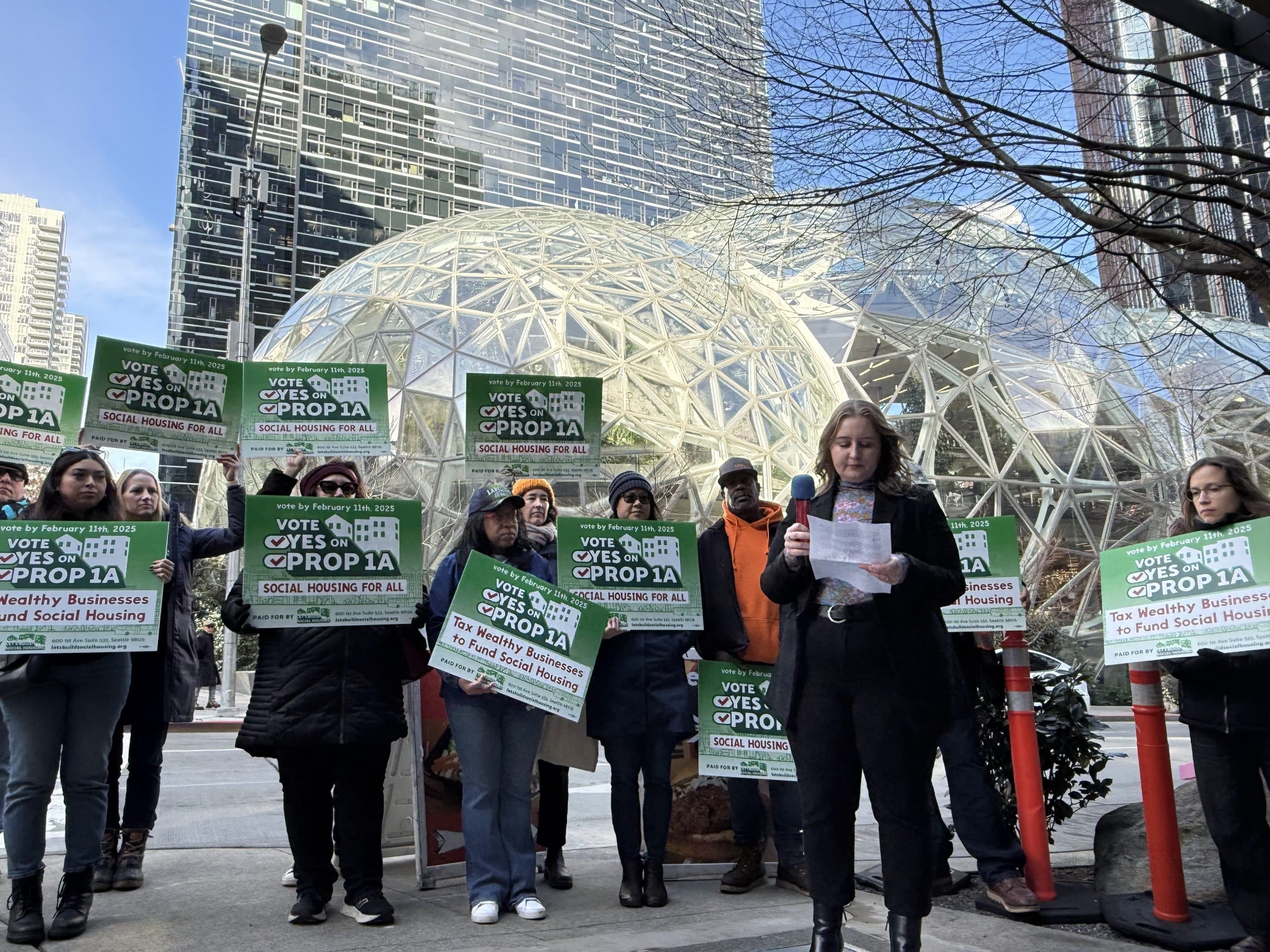The Right to the City (RTC), an activist housing justice alliance, has broadened its agenda to include advocating for community land trusts (CLTs) and other permanently affordable housing arrangements.
“We were drawn to CLTs not just as a technical model, but because they provide the opportunity for residents—including renters—to actually have control over their homes and communities,” says Tony Romano, the alliance’s organizing director. The RTC identifies with the social justice roots of land trusts, and sees how the goals of CLTs can align with the alliance’s anti-gentrification and affordable housing advocacy.
RTC’s recent report Rise of the Renter Nation (published in partnership with the National Low Income Housing Coalition) includes CLTs as part of the solution to what it calls the “housing affordability crisis.” The report calls for changing national, state, and local housing policy to “support, resource, and prioritize the development of CLTs, limited-equity co-ops, and other cooperative land and housing arrangements.”
In order to learn more about the CLT model, the alliance is working one-on-one with several partners, in particular the National Community Land Trust Network, Dudley Street Neighborhood Initiative (DSNI), and Burlington Associates. Romano notes that these groups have been instrumental in helping RTC to train its membership on CLT topics through introductory webinars, which will continue in the fall.
The collaboration is already bearing fruit. The Chinese Progressive Association in Boston, a member of the alliance, is working closely with DSNI to become a CLT. “We were interested in Dudley because of their success with low-income people living in the same area for decades, along with their very low foreclosure and displacement rates,” says Romano. “What they’re doing is effective, so we wanted to try and do the same thing.”
Romano says the relationship between the alliance and the CLT community is mutually beneficial: “They’re helping train us in their model, and we know how to advocate for policies and fight for resources for them. It’s a two-way street. That’s what’s beautiful about it.”
[This article was produced as part of the Opportunity Housing Initiative, a project of the National Housing Institute (NHI) to support the expansion of permanently affordable housing models. OHI is funded by the Ford Foundation.]




Comments